Ramayana Circuit
Bihar plays an important role in the history and development of Hinduism as a religion. This legendary land is the place where most of the tales of Lord Ram and Goddess Sita took place in Valmiki’s epic that has contributed to the Hindu religious and social fabric. Many of the locations mentioned in this legend are in Bihar and considered holy sites for Hindus. Temples depicting the tales of Ram and Sita can be found in this circuit.
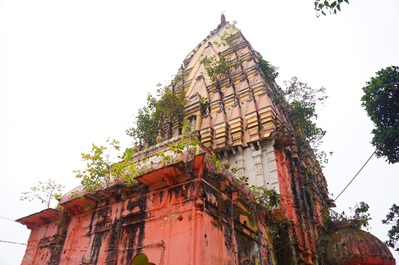
Ahilya Mandir at Darbhanga
Ahilya Mandir is said to be the most historic worship place in Darbhanga. The temple is a masterpiece of art and ancient Indian architecture. It is believed that the temple is dedicated to Gautam Rishi's wife and inside the shrine there is a flat stone said to contain the footprints of Goddess Sita. It is a divine place and a lot of devotees come here to worship from various places.
Punaura Dham at Sitamarhi
Maa Janaki Janmabhoomi Temple is also known as Punaura Dham in Punaura village of Sitamarhi district of Bihar. It is believed that Mata Sita was born at this place. There is a story related to this that once there was a severe famine in Mithila and the priest there advised King Janak to plow the field. When King Janak was ploughing, an earthen pot came out of the ground, in which Mother Sita was in an infant state. Behind the temple in Punaura Dham, there is a lake by the name of Janaki Kund.
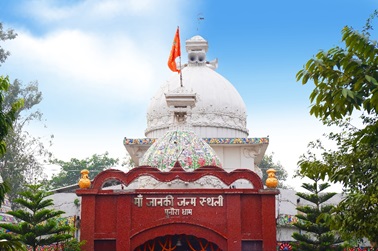
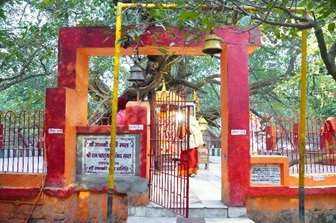
Panth Pakar at Sitamarhi
Panth Pakar is located at a distance of 8 km from Sitamarhi district. According to mythology, it is said that after her marriage to Lord Rama, Mother Sita was taken to Ayodhya by this route after sitting in a palanquin. There is an old banyan tree here, where he took rest for some time on his way to Ayodhya. There is also a Pakar tree at this place, around which there is a wonderful mythological site developed. This tree has spread over a vast area in an astonishing way which is quite a thrill to behold. Panth Pakar is also known as Pandaul.
Haleshwar Sthan at Sitamarhi
Haleshwar Sthan is a Hindu pilgrimage site located in Sitamarhi district which is dedicated to Lord Shiva. Lakhs of pilgrims visit this temple every year, which makes it one of the most visited religious temples in North India. According to a legend, this Shiva temple was built by the Mithila king Janak of the Ramayana period, and even today, the stone Shivalinga is originally seated in the sanctum of the temple.
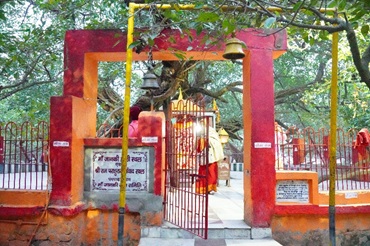
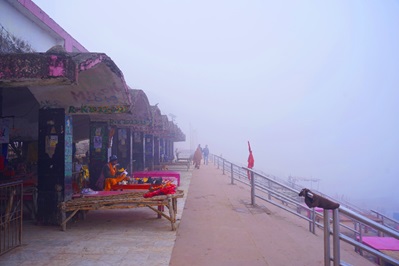
Ram Rekha Ghat at Buxar
Ram Rekha Ghat is an important religious place located in the Buxar district which is associated with the Ramayana period. There is a mythology associated with this ghat on the banks of the river Ganges that when Lord Shri Ram was accused of killing a woman after killing Tadka and to get rid of that sin, he went to the same nearby Ganges bank and took a bath. Near the same ghat, Lord Shri Ram made a Shivling out of clay and worshiped.
